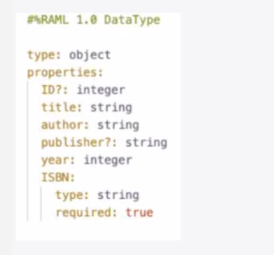At ValidExamDumps, we consistently monitor updates to the Salesforce-MuleSoft-Developer-I exam questions by Salesforce. Whenever our team identifies changes in the exam questions,exam objectives, exam focus areas or in exam requirements, We immediately update our exam questions for both PDF and online practice exams. This commitment ensures our customers always have access to the most current and accurate questions. By preparing with these actual questions, our customers can successfully pass the Salesforce Certified MuleSoft Developer exam on their first attempt without needing additional materials or study guides.
Other certification materials providers often include outdated or removed questions by Salesforce in their Salesforce-MuleSoft-Developer-I exam. These outdated questions lead to customers failing their Salesforce Certified MuleSoft Developer exam. In contrast, we ensure our questions bank includes only precise and up-to-date questions, guaranteeing their presence in your actual exam. Our main priority is your success in the Salesforce-MuleSoft-Developer-I exam, not profiting from selling obsolete exam questions in PDF or Online Practice Test.
In an application network. If the implementation but not the interface of a product API changes, what needs to be done to the other APIs that consume the product API?
Correct answer is Nothing needs to be changed in the other APIs or their associated applications
This is the benefit of having separate interface layer. As there are no changes to interface , no changes are required on the API's which consumes this API in context
As a part of project requirement , you want to build an API for a legacy client. Legacy client can only consume SOAP webservices. Which type the interface documentation can be prepared to meet the requirement?
Web Services Description Language. WSDL is used to describe SOAP based web services
A RAML example fragment named StudentExample.raml is placed in the examples folder in an API specification project. What is the correct syntax to reference the fragment?
To include property. To keep the API definition concise, you can include external content, such as documentation, schemas, and frequently used patterns outside the definition itself. The parser interprets !include as if the content of the externally-hosted file or a URL were declared in-line.
To use the fragments in RAML you have to include the exact path(copy the path) of that fragment you want to use as shown below
Option 3 is the correct as correct syntax is
examples: !include examples/StudentExample.raml
By default, what happens to a file after it is read using an FTP connector Read operation?
File is not updated when FTP read operations is performed.
MuleSoft Doc Ref : https://docs.mulesoft.com/file-connector/1.3/file-read
Refer to the exhibit. This RAML fragment defines a Book data type that is used in a RAML API specification.
An API implementation is created for this RAML API specification.
What is valid JSON input for a request from a web client to an implementation of this RAML API specification?

A.

B.

C.

D.
